Underwater Drone Spots A Mystery Object At The Bottom Of Lake Ontario
Lake Ontario’s mysterious depths have been attracting attention for years. In 2017, a group of researchers, funded by the OEX Recovery Group Incorporated, set out to recover a unique piece of history that had been rumored to be sitting at the bottom of the lake.
Their mission, “Raise The Arrow,” was shrouded in secrecy to avoid getting people’s hopes up, but the team was excited to explore the unexplored.
Our Planet Of Mystery
Scientists estimate that 65% of the planet remains unexplored. For explorers, this is an irresistible call to adventure. Humans have an innate desire to explore the unknown and discover new treasures, and Lake Ontario is just one of the many mysteries waiting to be uncovered. As such, the researchers behind the “Raise The Arrow” mission were motivated to uncover hidden treasures.
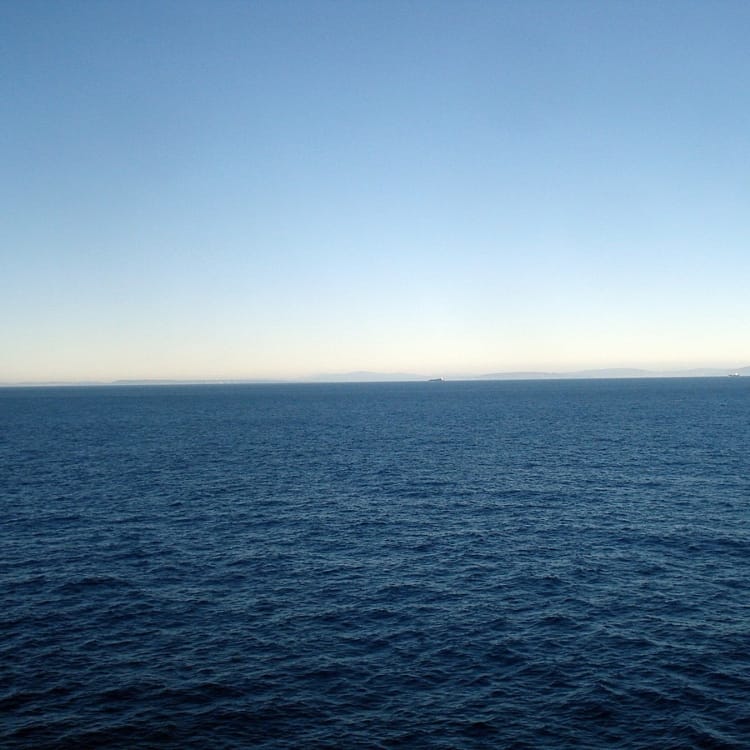
Source: Wikimedia Commons
The team was sent to Lake Ontario after sightings of a valuable and unique object had been reported. Their objective was to find and recover the underwater treasures rumored to be hidden in the lake’s depths for years.
Who Led The Team?
OEX Recovery Group Incorporated, supported by Canadian mining companies and financial institutions, funded the “Raise The Arrow” mission. Their goal was to retrieve lost and forgotten objects from the bottom of the lake. The team was eager to dive in and explore the uncharted waters in search of underwater treasures.
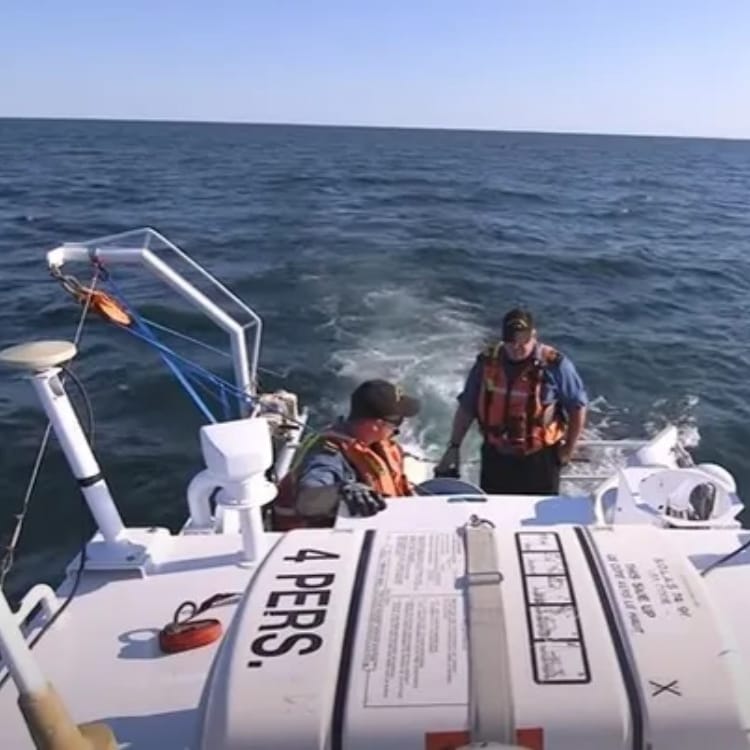
Source: Reddit
There have been rumors for years that Lake Ontario’s bottom is home to a prosperous empire of unique and invaluable items. The “Raise The Arrow” mission aimed to discover and give these underwater treasures a new life. As the value of objects decreases as they erode, time was of the essence. OEX was eager to fund and provide the resources needed to start the mission.
Partnerships And Collaborations For The Project
The search and recovery project is a Canada 150 collaborative effort involving several other financial partners, such as Bank of Montreal, Maxit Capital, Canaccord Genuity, National Bank, Eight Capital, and Northfield Capital. Some other vital forces contributing to this recovery effort include Canadian Conservation Institute, Royal Canadian Air Force (RCAF), Canada Aviation and Space Museum (CASM), and Bennett Jones LLP.

Source: Getty Images
There is also support from Scarlett Janusas Archaeology, the Ontario Ministry of Tourism, the Royal Canadian Military Institute, Culture and Sport, the Canadian Coast Guard, and the Canada Company.
Taking A Silent Chance
Underwater missions can be expensive and time-consuming, with no guarantee of success. Although there was a chance of finding hidden treasures, there was also a chance that the team would come up empty-handed. The team was under pressure to deliver, and everyone involved was waiting in anticipation to see what they discovered.
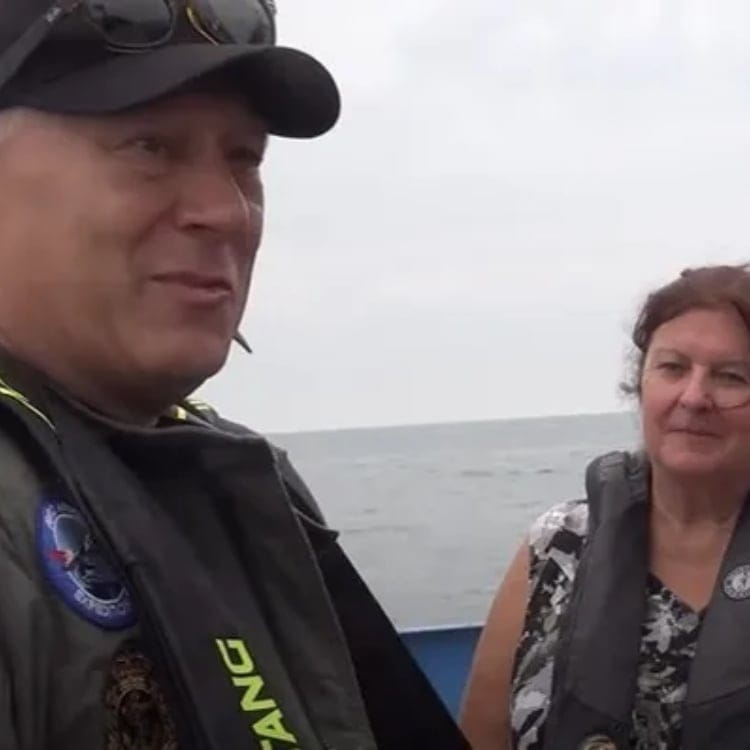
Source: Reddit
The “Raise The Arrow” team kept the mission’s objective a secret to avoid getting people’s hopes up. No one, not even the team members, knew what they were seeking. This added to the excitement and mystery of the mission.
It Started Decades Ago
The first sighting of an object at the bottom of Lake Ontario was reported in 1950. Over half a century has passed since then, and few details about the object have been revealed. Locals who claimed to have seen it described it as something that vanished as quickly as it appeared. The team on the “Raise The Arrow” mission had little to go on, but they were eager to uncover the lake’s secrets.

Source: Youtube
The object spotted by the locals was gone in a flash, but the image haunted them for years. Locals waited for the “Raise The Arrow” mission to start, hoping the mystery would finally be solved. The team took on the task of interviewing the locals to help them uncover what was truly hidden at the bottom of Lake Ontario.
Lake Ontario: A Brief History
Lake Ontario was formed during the last Ice Age by the Wisconsin ice sheet. It was once considered a bay on the Atlantic Ocean until it expanded to its current size. Today, the lake continues to expand due to climate change, causing glaciers to melt and water levels to rise.
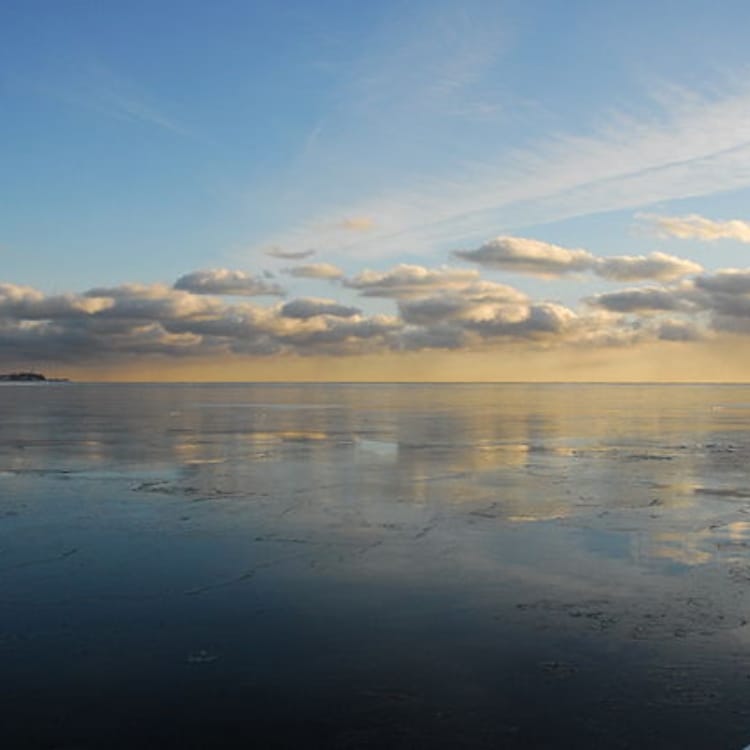
Source: Lord of the Wings / Wikimedia Commons
The lake has 634 miles of shoreline and an additional 78 miles of shore on its islands. It connects to the Niagara River, home of Niagara Falls, and nine other rivers flow into it.
Geography and Geology Of Lake Ontario
Lake Ontario has a surface area of 18,960 km2 (10,000 km2 in Canada) and features a drainage area spanning 60,030 km2. Lake Ontario, stretching 311 km in length and spanning 85 km in width, is also the smallest by surface area among the Great Lakes and ranks eighth in North America for freshwater bodies.
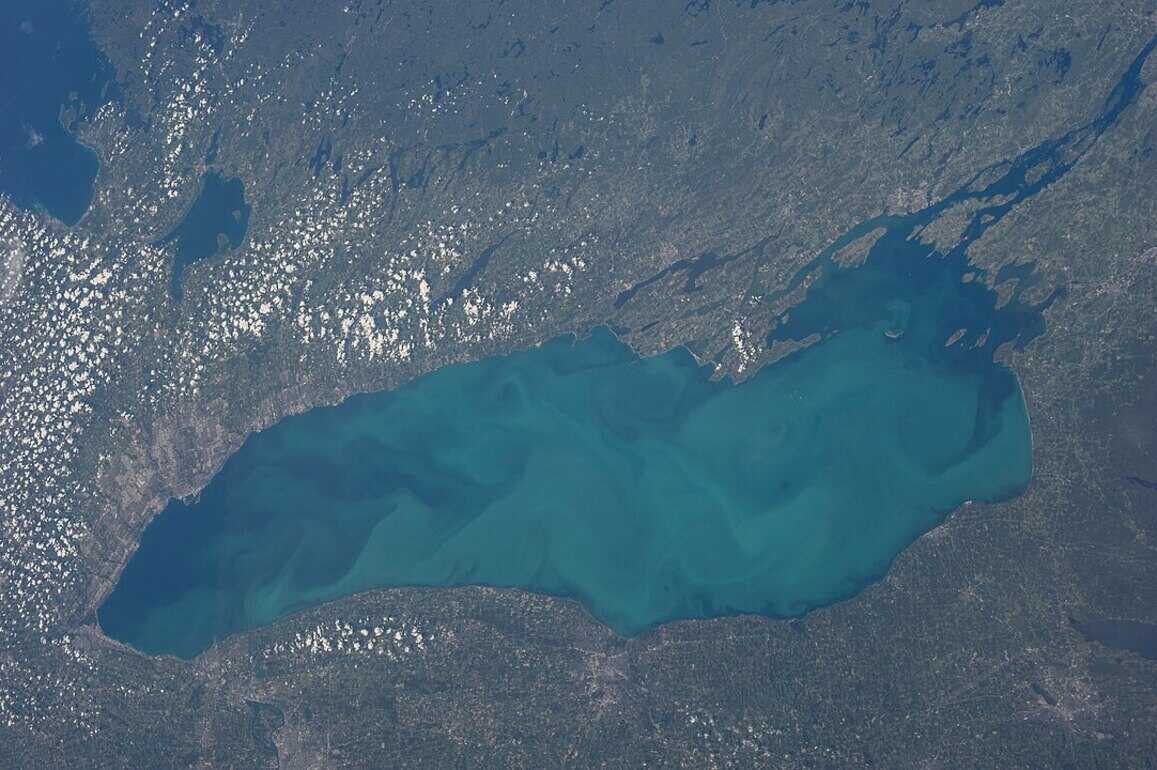
Source: Wikipedia
Interestingly, due to softened winter climates from southern warm air, rarely does its deep waters ever freeze during the winter.
Lake Ontario: The "Beautiful Lake"
The name “Ontario” is believed to have Iroquoian roots. It translates to “beautiful lake” or “sparkling water.” It is also said to have a Huron meaning which translates to “great lake.”

Source: Getty Images
In 1641, Europeans officially named it “Ontario,” and it was noted on maps as early as 1656. Beyond the boundaries of its waters, the lake had a great influence since the Canadian province of Ontario took its name from it.
ThunderFish - Lake Ontario’s Native
The ThunderFish is an underwater drone used to explore the depths of Lake Ontario. With a sonar-powered camera, it can take high-resolution images of its surroundings. The ThunderFish was used to explore Lake Ontario’s banks, which contain 400 cubic miles of unexplored waters.
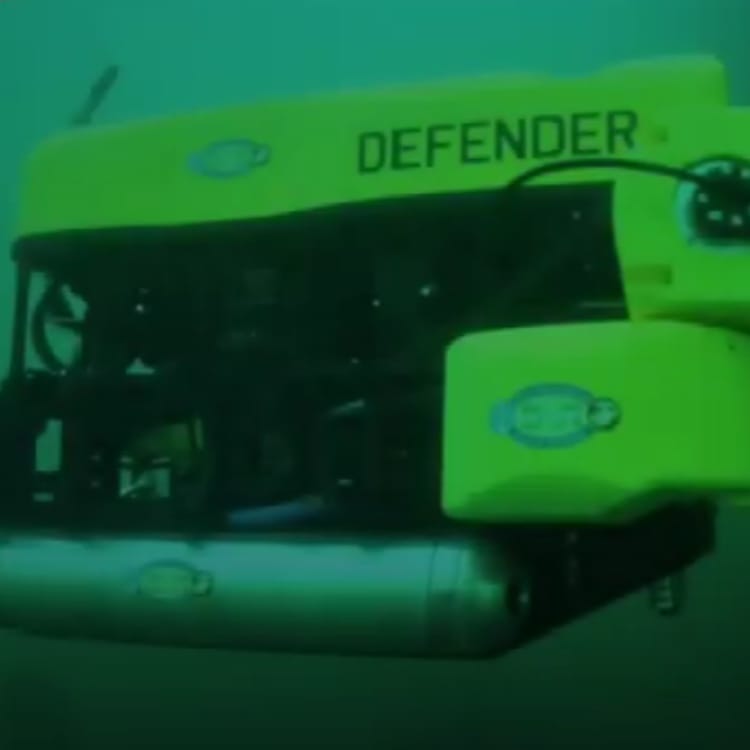
Source: Youtube
The team navigated it around the lake bed, capturing clear images. The explorers discovered something special hidden beneath the lake’s surface.
The Results Are In
The team discovered an aircraft hidden deep beneath the lake’s surface. This aircraft turned out to be the Avro CF-100 Canuck, a one-of-a-kind jet fighter built in the 1950s.
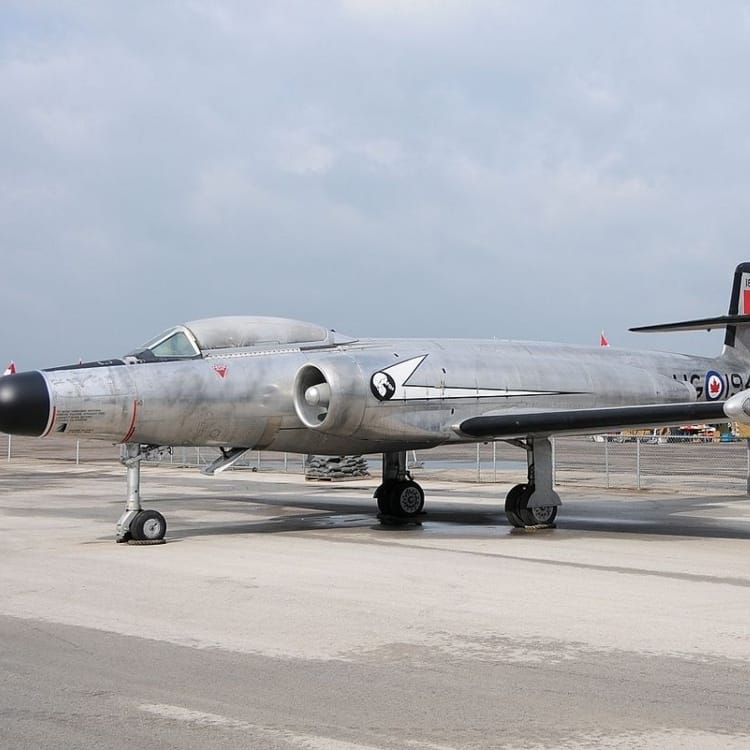
Source: Wikimedia Commons
It was nicknamed the Clunk, and it was better than anything the Canadian leaders could have hoped for. The new aircraft remained active in the Canadian military until the 1980s.
The Beginning of the Cold War
The Cold War (which started in 1947) was a time of high tensions between the West and the East. Both sides prepared for a big battle, but it never happened. With democracy ruling the West and Communism ruling the East, third-world countries did their best to stay neutral.

Source: Getty Images
With the creation of atomic bombs, both sides could devastate the other. Despite the mutual knowledge that this would result in irreversible mass destruction, they used it as a threat.
The Impending Nuclear Threats
Many countries felt that possessing superior weapons was the only way to remain safe. During this time, the USSR built an aircraft large enough to transport their weapons to the United States and Canada, flying over the Arctic.
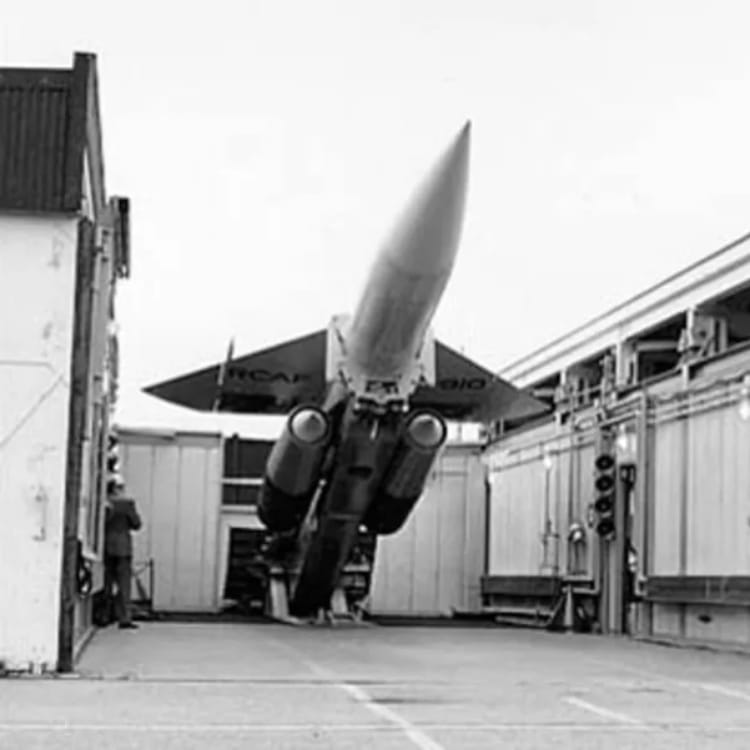
Source: Wikipedia
This made temporarily put them in the lead. After Canadian leaders caught wind of this, they launched the A.V. Roe Canada Limited, a company that employed a group of engineers committed to developing something even better than the Soviet aircraft.
A Blast From the Past
The Avro CF-100 Canuck was the result of this search for a superior aircraft. It was built in the 1950s and remained active in the Canadian military until the 1980s.
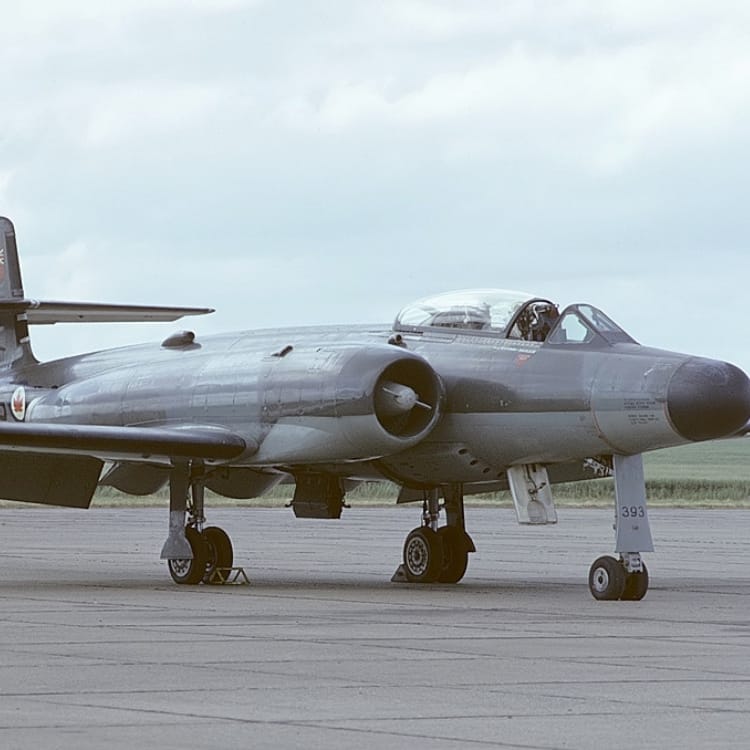
Source: Wikimedia Commons
The discovery of this aircraft hidden beneath Lake Ontario’s surface is a reminder of the tensions and technological advancements that characterized the Cold War.
Launching The Avro Arrow
Meet the Avro Arrow, Canada’s incredible answer to the Soviet Union’s aircraft. In the 1950s, the Canadian government launched A.V. Roe Canada Limited to develop better planes than the Soviets. The company developed the Avro CF-100 Canuck, nicknamed “The Clunk.” But this aircraft was no piece of junk; it remained active in the Canadian military until the 1980s.
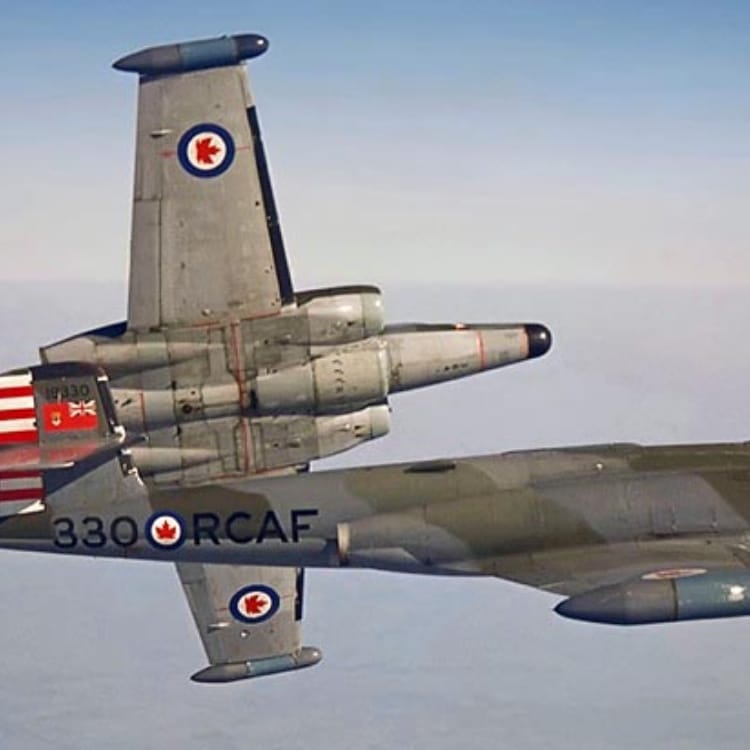
Source: Wikipedia
Meanwhile, the Soviets were also working on a highly destructive aircraft, rumored capable of wiping out the Canadians in seconds. But Canada still had time to catch up and used it wisely. The Avro CF-100 Canuck was improved upon and the Avro Canada CF-105 Arrow was born.
The Arrow Was One of A Kind
The Avro Arrow was unlike any other aircraft in that period, with delta wings and a spearhead configuration that allowed it to fly faster than any plane. The production of the Avro Arrow led to the discovery of how to overcome the sound barrier.
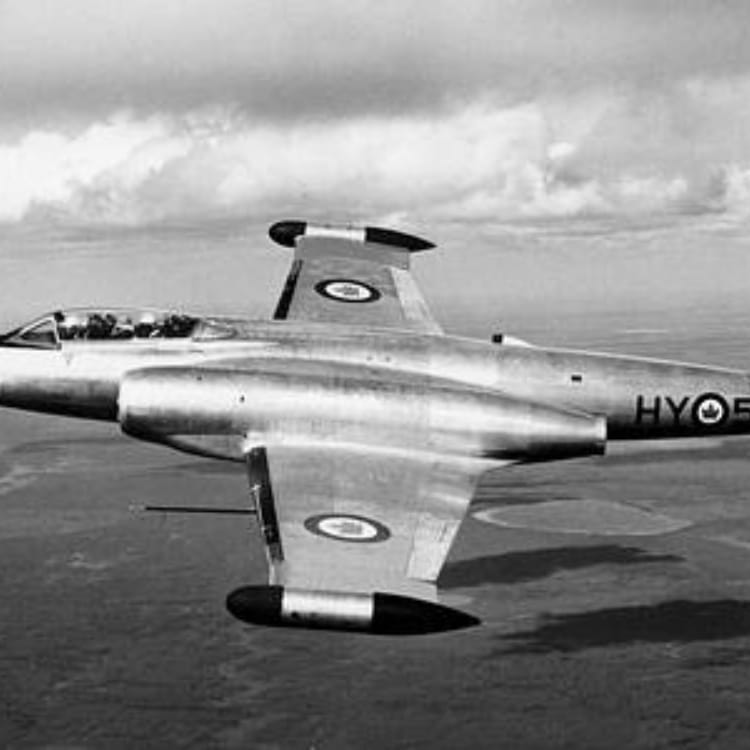
Source: Reddit
Engineers had to create nine prototypes to ensure the aircraft functioned properly and was safe. Delta wings are unique as the wingspan reduces drag, allowing the plane to fly faster than the speed of sound.
The Plane Passed The Tests
During testing, each Avro Arrow prototype had a wingspan of 6.5 feet and was launched from Point Petre in Ontario. They were mounted on rocket boosters to test better the stability and the drag of the new delta wings. The mini Avro Arrows used for testing reached Mach 1.7 speeds before landing in the lake.

Source: Wikipedia
Only a few improvements were necessary, such as adding a sharper nose and a tail cone. However, before the Avro Canada CF-105 Arrow could take off, the Soviet Union launched Sputnik, the world’s first artificial Earth satellite. Suddenly, no one was interested in Canada’s new airplane.
Astonishing Facts About the Avro Canada CF-105 Arrow
The Avro Canada CF-105 Arrow is Canada’s only supersonic interceptor which was created and completed between 1953 and 1959. The Avro was fitted with pioneering technology, which included a fly-by-wire control system as well as a computerized control system that allowed the pilot to electronically control the aircraft.
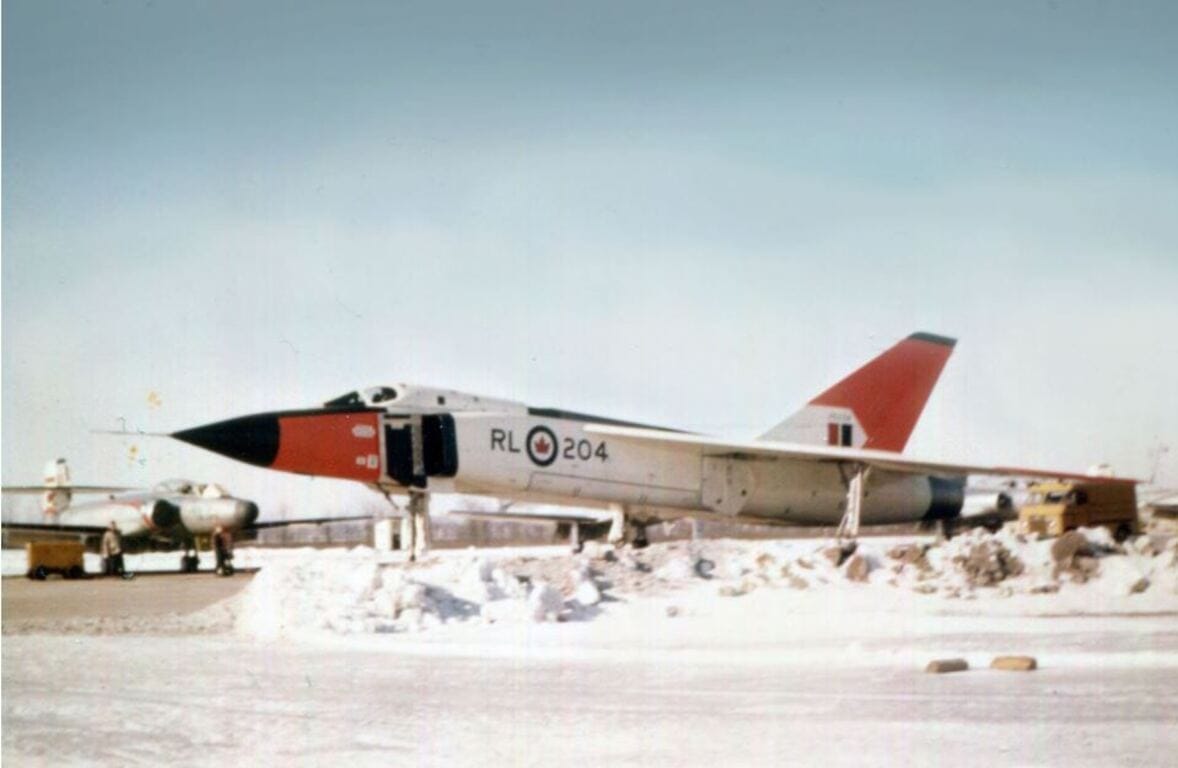
Source: Wikimedia Commons
In addition, the aircraft drew international expertise led by U.K.-born chief engineer James C. Floyd and the esteemed Polish-born test pilot Janusz Zurakowski. Its first flight was on March 25th, 1958.
Discovering Canada's Lost Aviation History
A Canadian mining company, Osisko Mining, played a vital role in the “Raise The Arrow” expedition, aiming to recover the lost Canadian history of the Avro Arrow prototypes from Lake Ontario. The company’s CEO, John Burzynski, explained in an interview that the program aimed to bring back forgotten Canadian history to the Canadian public.

Source: Reddit
According to Senior Engineer David Shea, the expedition’s challenging part was ensuring they were searching in the right place. Point Petre, the site from where the Avro Arrow prototypes were launched, was the best place to start the search. The team had the eyewitness account of one of the few remaining witnesses, Jack Hurst, to help them confidently begin the mission.
The First Arrow Finding
After the team began the mission, Burzynski’s confidence paid off. He told the media that they would find something within days, and only 12 days later, the team discovered the first Avro Arrow prototype.

Source: Youtube
The recovery of the artifacts was an exciting moment for Canadians who waited patiently to see the Avro Arrows.
The Significance of The Avro Arrow
The Avro Arrow was a significant part of Canadian aviation history, as delta wings are still used on most fighter jets today. Erin Gregory of the Canada Aviation & Space Museum explained the importance of finding the final prototype, saying it would help determine the wing’s performance at supersonic speeds.
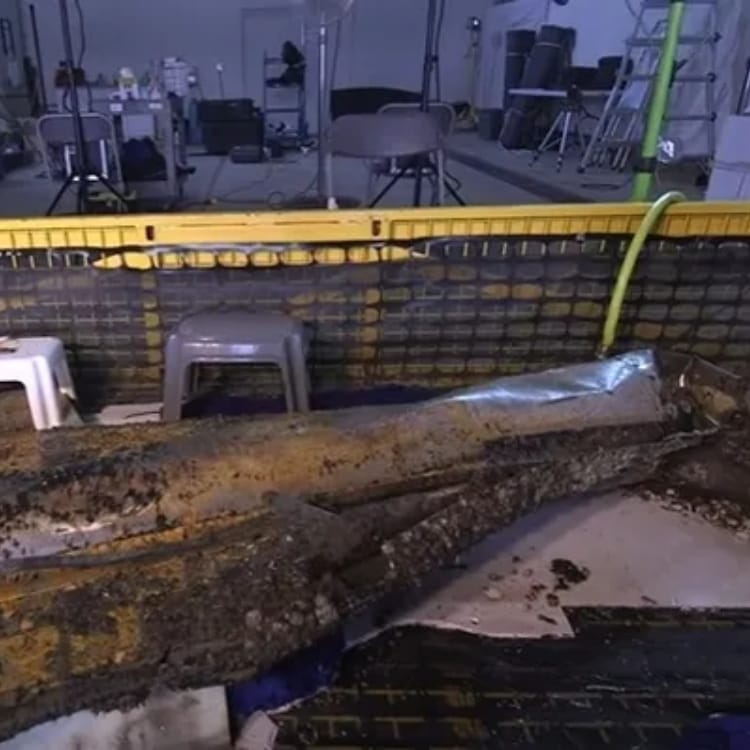
Source: Reddit
Although the team had only seen one of the prototypes, it was still a significant achievement. The recovery of the Avro Arrow prototype was a momentous occasion for the Canadian people, who watched as history was made right before their eyes.
The Relentless Search Continues
Despite the good news, the team continued to search for the rest of the Avro Arrow prototypes. They had only found the first one; the rest remained hidden in Lake Ontario’s depths.
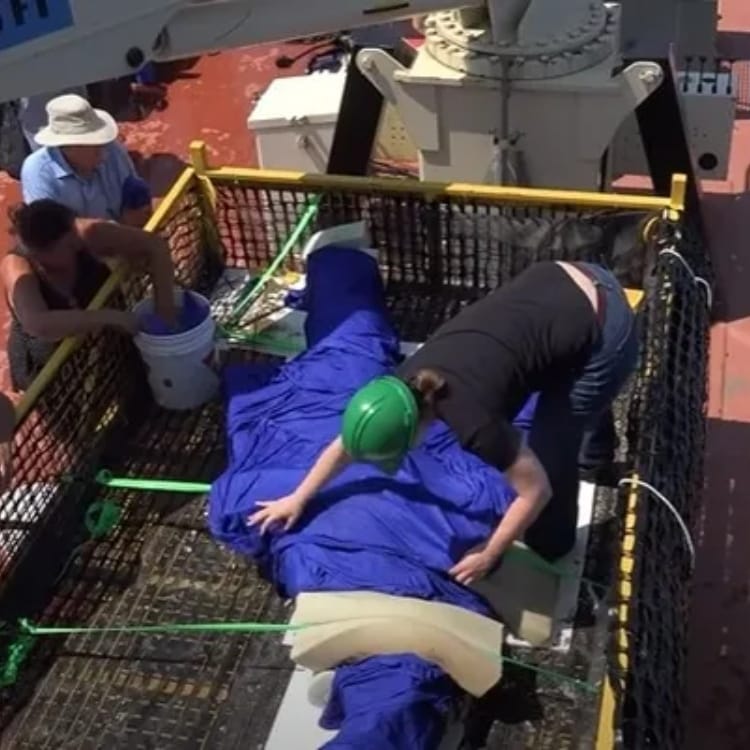
Source: Reddit
Nevertheless, the “Raise The Arrow” team hopes they will find the missing prototypes, including the ninth one, considered the Holy Grail. The team is confident in the search, even though the bottom of Lake Ontario is full of treasures that can be mistaken for prototypes. The expedition team continues to search for them regularly and won’t stop until they find the last airplane model in the waters of Lake Ontario.
A Look at the Identification Process
The team behind the “Raise The Arrow” mission has identified over 200 potential targets that could be Avro Arrow prototypes. To ensure accuracy, divers from the Royal Canadian Navy’s Fleet Diving Unit are sent to assess the targets.
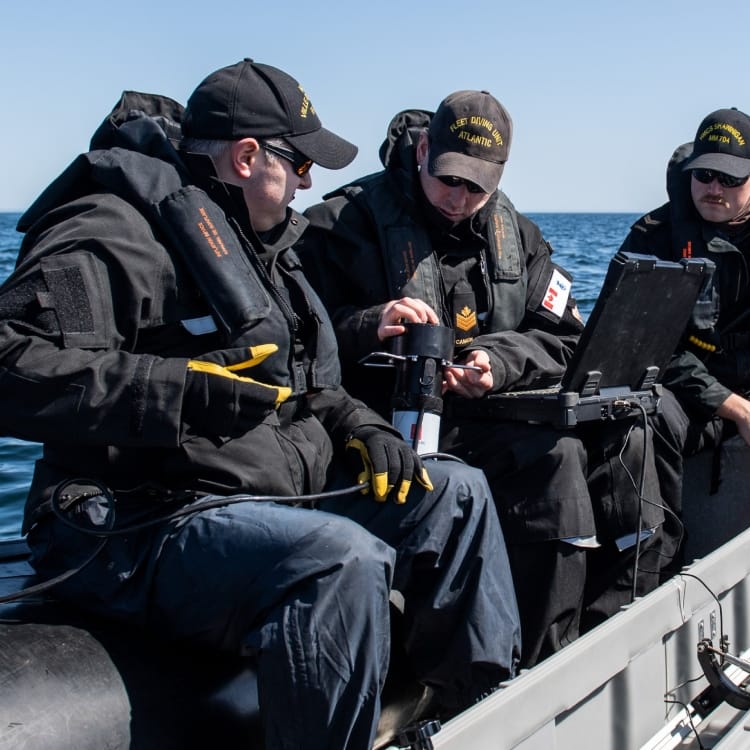
Source: Twitter
They prepare the artifact to be brought to land, including putting plastic tubing and a layer of coroplast sheets beneath it.
Careful Steps to Avoid Damage
After the team identified an Avro Arrow model, archaeologist Scarlett Janusas was brought in to supervise the careful excavation process. She ensured the model wasn’t damaged by moving it inch by inch until fully loaded into a specially designed crib.

Source: Wikimedia Commons
The artifact was preserved in the cradle by a cover and special foam, making it stable throughout the lifting process.
Drying and Restoring the Prototype
Once the model was out of the water, it had to undergo rigorous testing to be thoroughly assessed. This included taking water samples to test for salinity.
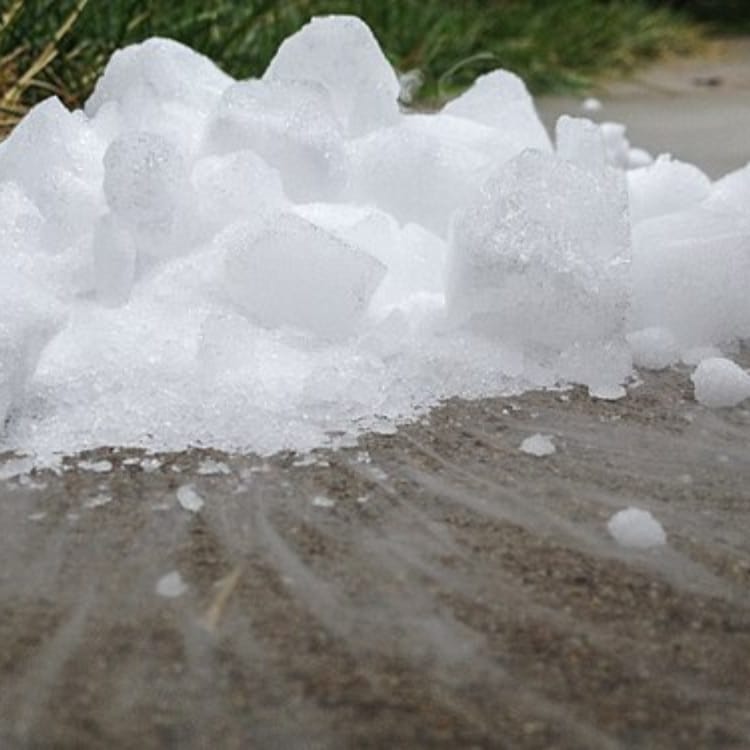
Source: Wikimedia Commons
After drying, the prototype was carefully restored. Mussels were removed from the aircraft’s exterior with a scalpel, and the surface was sanded down with finely shaved dry ice.
Finding a Home in Canada's National Museum
After restoration, the Avro Arrow model was placed in Ottawa’s Canadian Aviation and Space Museum. The Canadian Conservation Institute will oversee the restoration of all models found.
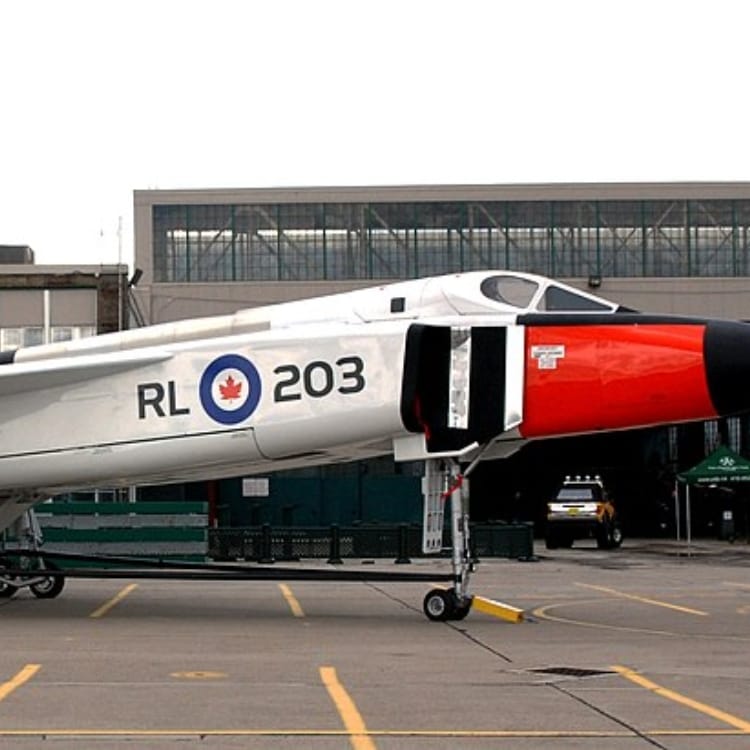
Source: Wikimedia Commons
The other models found are often lent to museums and agencies for research purposes.
About Ottawa's Canadian Aviation and Space Museum
The Canadian Aviation and Space Museum is situated on a former military air base which is only five kilometers from the Prime Minister’s residence at 24 Sussex Drive in Ottawa. With an international focus, it embodies Canada’s aviation evolution from when it was created in 1909 to the present.
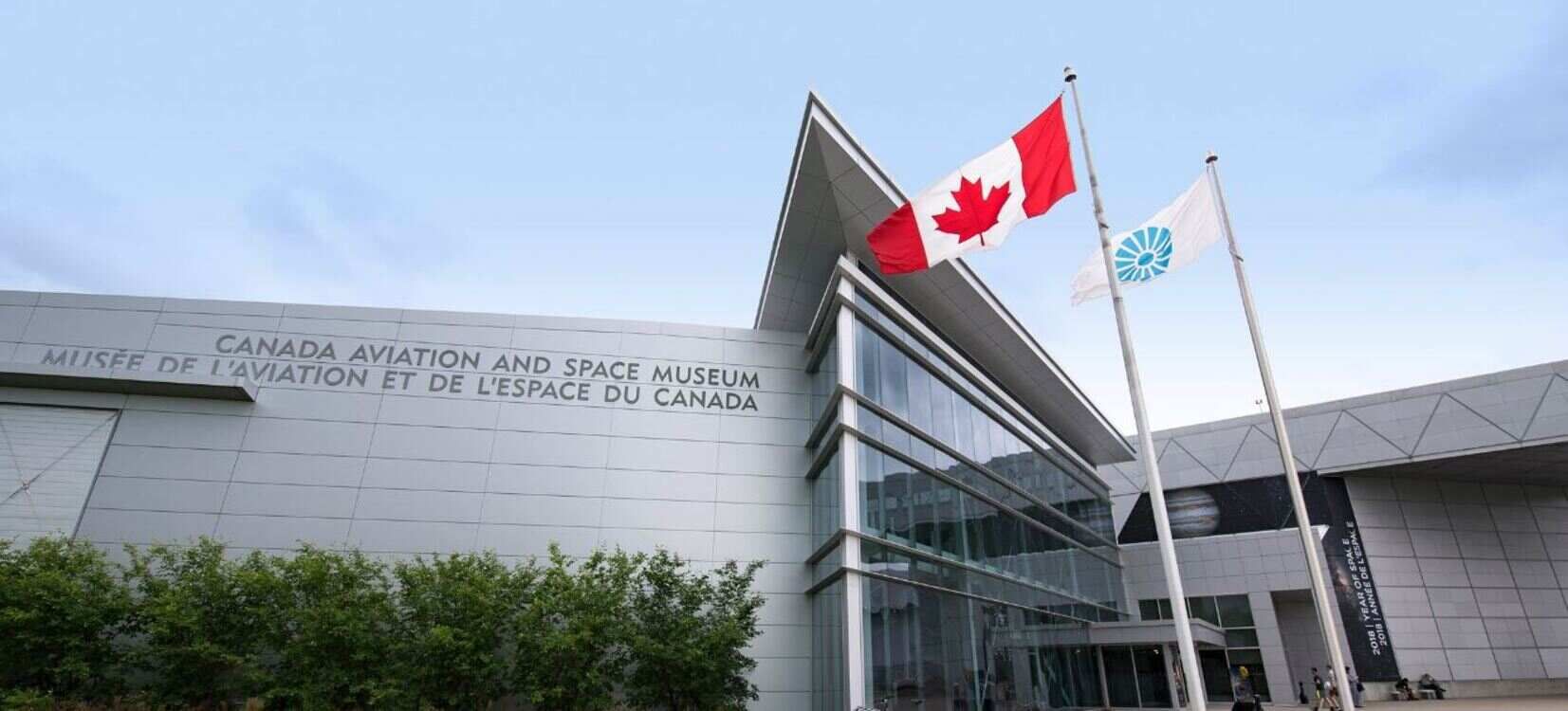
Source: Canada Aviation and Space Museum/Facebook
The museum boasts many artifacts, such as the Avro Arrow, the Lancaster bomber from World War II, and the original Canadarm used on the Endeavour space shuttle, amongst many others.
Replicating the Arrow: A Full-Scale Replica
Allan Jackson built a full-scale replica of the Arrow in 1989. It was later featured in a miniseries called The Arrow and appeared at several air shows.

Source: Wikimedia Commons
Jackson’s model was donated to the Reynolds-Alberta Museum but was damaged in a windstorm in 2009.
A Recent Blueprint Discovery
In 2020, evidence of the Arrow project was found in the form of blueprints at the home of a former worker on the project. Senior draftsman Ken Barnes chose not to follow orders to destroy all evidence of the project and kept the blueprints safe at home.

Source: Twitter
The blueprints were displayed at the Diefenbaker Canada Centre at the University of Saskatchewan.
Finding the Rest of the Prototypes
Over half of the Avro Arrow prototypes have been found, but the ninth remains at Lake Ontario’s depths. The “Raise The Arrow” team continues to search the waters for the rest of the models, determined to uncover all the history they can.

Source: Wikimedia Commons
The team hopes they can recover the ninth Avro Arrow prototype, which will help shed more light on the incredible history of the Canadian Aviation industry.
